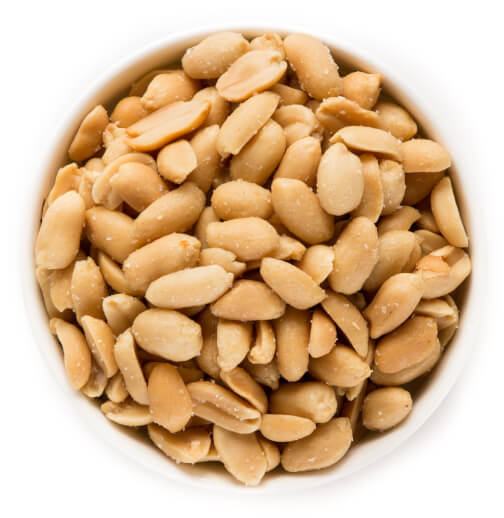Peanut/Tree Nut INT302
Protecting those who suffer from food allergies






Food allergies are a life-threatening disease with only two approved medical treatment options, which may not be suitable for some food allergy sufferers due to side effects and potential safety issues. Avoidance of allergen consumption is typically practiced by affected individuals, coupled with reliance on antihistamines or epinephrine injection in the event of symptoms triggered by accidental exposure. Strict dietary avoidance is often expensive and hard to achieve and accidental exposure to allergens is common.
Peanut/Tree Nut INT302 is Intrommune’s current technology in development specifically designed to help those who suffer from peanut/tree nut allergy. The product is intended to significantly raise a patient’s immune threshold through daily use of OMIT toothpaste beyond what has triggered a potentially dangerous allergic reaction via accidental exposure. This additional protection helps relieve the persistent anxiety of peanut/tree nut allergic individuals toward accidental exposure.


Peanut INT301: OMEGA Clinical Trial
Intrommune’s Phase 1 OMEGA Clinical Trial was a 48-week, double-blind, placebo-controlled trial involving 32 adult patients with peanut allergy to assess the safety of INT301. Please visit our News & Resources page to stay up-to-date on our progress and be the first to know when we embark on Phase 2.